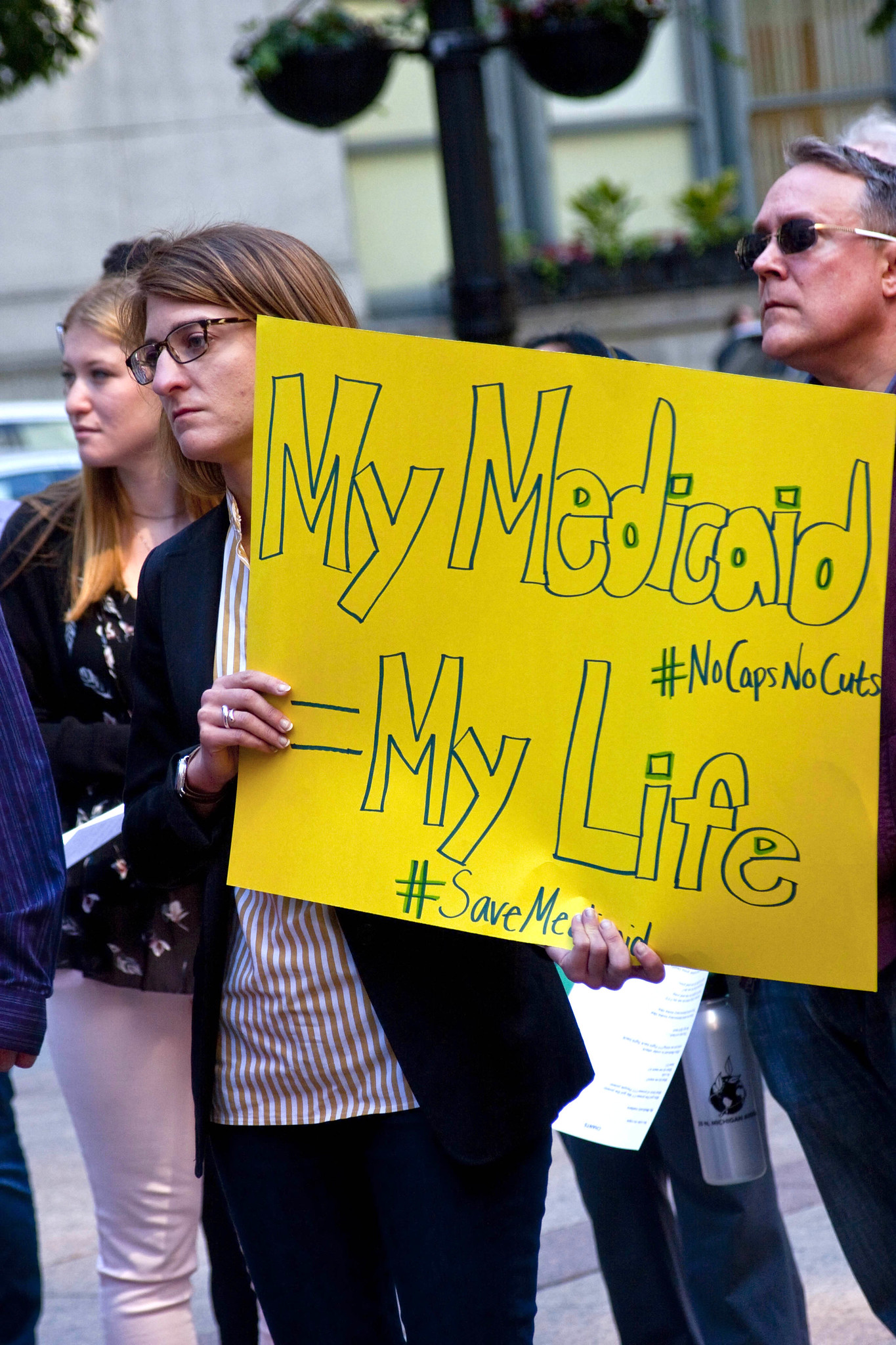Waterloo paper’s early adoption of email newsletter sets it apart
The Waterloo Republic-Times in southwestern Illinois launched its email “News Flash” in 2012, just as many of the large legacy news organizations were starting theirs. In the beginning, the paper sent a simple text email to a few hundred email addresses with breaking news important to a small community such as a boil order or a blocked road.

The paper then formalized the “News Flash” with a template from Mail Chimp (and now Emma), both email marketing tools.
“That just started taking off,” said Corey Saathoff, the Republic-Times editor.
The “New Flash” generates revenue for the paper, with opt-in ads for print advertisers costing $40. The paper stated selling the newsletter ads once it reached 1,500 subscribers, Saathoff said. It averages 10 to 12 ads per issue. The newsletter itself is free to subscribers.
“It’s been very great for us,” he said. “People look forward to it. We entice. That’s our goal to go to our website and/or pick up the paper and subscribe.”
In the past decade, media organizations have embraced email newsletters to give media consumers a roundup of news that they don’t have to find for themselves. (GJR has a weekly e-newsletter that comes up on Tuesday mornings). It’s a way quickly to capture the attention of scattered readers and also to lure subscribers to paid products. As freelance writer Richard Bertin noted in a 2017 article on Medium, newsletters help consumers become “more purposeful with how we retrieve and read the news.”
A 2106 Quartz survey of global executives found that the majority (94 percent) got their news from email newsletters. Media organizations have certainly taken note. The New York Times had 55 newsletters (as of a year ago), with more than 14 million subscribers.
The weekly Republic-Times newsletter, which also comes out on Saturdays during high school sports season, has since grown to a bulletin with multiple stories and paid advertisements. It gets sent to more than 5,000 subscribers, an impressive number for a small town newspaper in a town of about 10,000. Newspaper circulation has stayed about the same, and Saathoff is okay with that.
“It’s good just to be steady these days,” he said.
Saathoff said the trick is not to give all of its content away for free. “You have to be smart about how you present the news in digital formats and in print forms,” he said. “You want to reign it in a little bit.”
A recent “News Flash” featured a picture of a trio of three-horned owls from a reader’s backyard, an item about a conservation day at a local club and news about a recovered stolen vehicle. Some of the items were stand-alone, and others had the fuller article on the paper’s website. The paper’s website often guides readers to the full story in the paid print edition.
Like a lot of community newspapers, the Republic-Times print readership is aging. Younger readers connect with the paper through social media and the email newsletter. That may be its most important (and vital) purpose behind the “News Flash.”
“The entire time my boys lived at home it was rare to see them pick up our weekly edition,” said Kermit Constantine, the general manager of the Republic-Times. “Now that they have moved away when we get together, it is fun to hear them talk about local topics that we reported.”
Melinda Joseph, a marketing strategist who teaches experiential marketing at Columbia College Chicago, said media companies should also look ahead to sending content through text messages.
“In my opinion, in five or 10 years, SMS will be it,” she said. “Our inboxes are so inundated. Gmail already sort things out, and moving toward SMS is worth looking at.”
A version of this article first appeared in Publisher’s Auxiliary, the only national publication serving America’s community newspapers. It is published by the National Newspaper Association. GJR is partnering with Pub Aux to reprint Jackie Spinner’s monthly “Local Matters” column on our website. Spinner is the editor of Gateway Journalism Review. Follow her on Twitter @jackiespinner.


